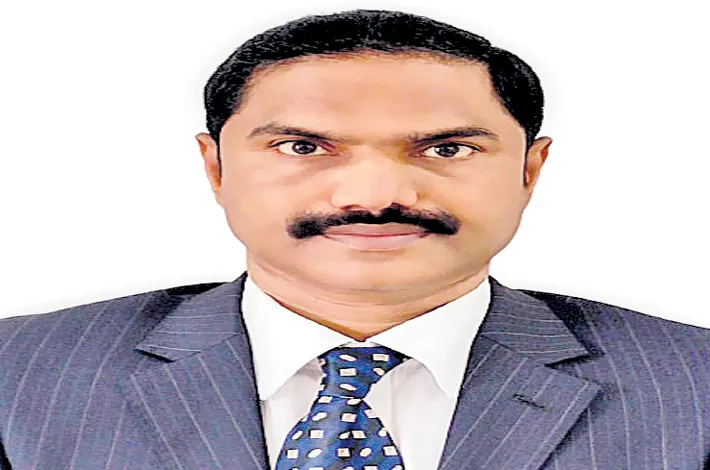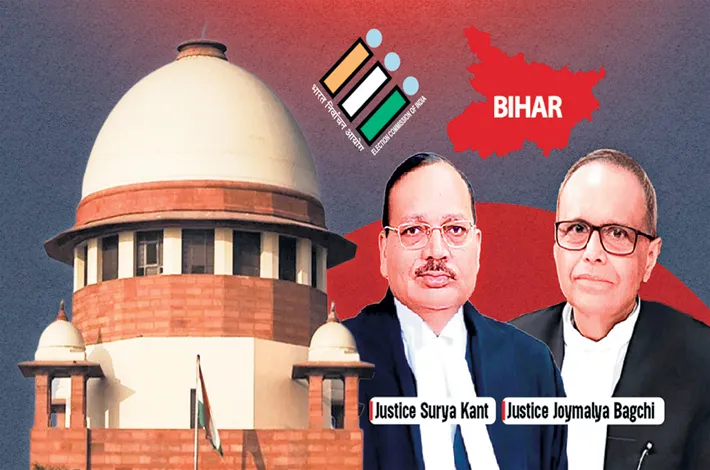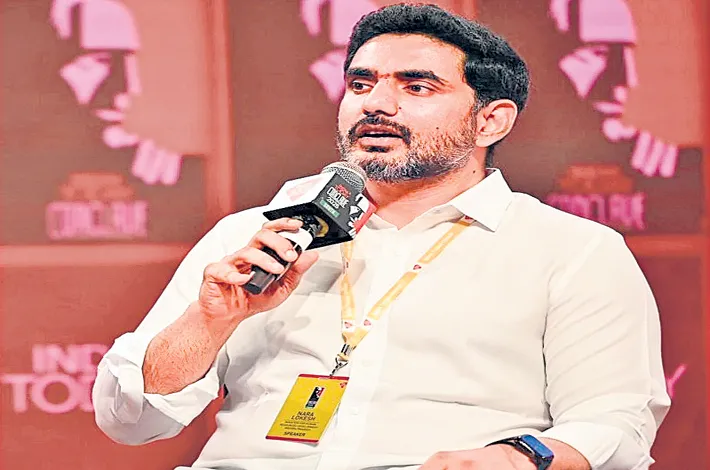Retail direct investors in G-Secs
20-05-2025 12:00:00 AM

Metro India News | Hyderabad
For individual investors, interest rate on bank fixed deposits has been the reference rate for comparing returns on investments. India has 11.3 crore retail investors and the total amount invested by them in fixed deposits is about Rs. 80 trillions. It is considered as relatively risk free although fixed deposits have credit and market risk. However, such interest rates are not dynamic and do not reflect the real risk free rate. Practically there was no risk free rate for centuries for individual investors in India.
This gap was filled in year 2021 when RBI allowed individuals to open a “Retail Direct Gilt Account” for investing in Treasury Bills and Government Securities. This was the first time, the individual investors were allowed to have a direct account with RBI without any charges. The investors can trade these government securities directly in “RBI Direct” portal or through stock exchanges. RBI’s Retail Direct has 2,30,000 retail investor accounts & total subscriptions at Rs. 6,400 crs. The total trading volume on RBI portal and stock exchanges put together is about 60% of the total subscribed volume.
The retail investor accounts on RBI Retail Direct have increased at a faster pace in the last two years and have huge potential to increase much higher. Retail investors benefit with RBI Retail direct platform as they need not pay any commission and even if the trading is through brokers the fee is very minimal with a cap. Governments also benefit with disintermediated soft borrowing from retail investors.
Stockbrokers may not promote since they earn very negligible fee, and the volumes of G-Securities are anyway very low. Other countries and particularly USA also faced same challenges and could build a good retail investor base. Indian financial system has the strength and scope to promote the Retail Direct to encourage more participation by the retail investors. This product can help the economy in pooling more savings to support the shrinking capital formation.
-By Dr Kishore Nuthalapati The author is an Economist and a Corporate Finance Professional. Views are his personal and do not reflect those of any of the organizations he is or was associated with








